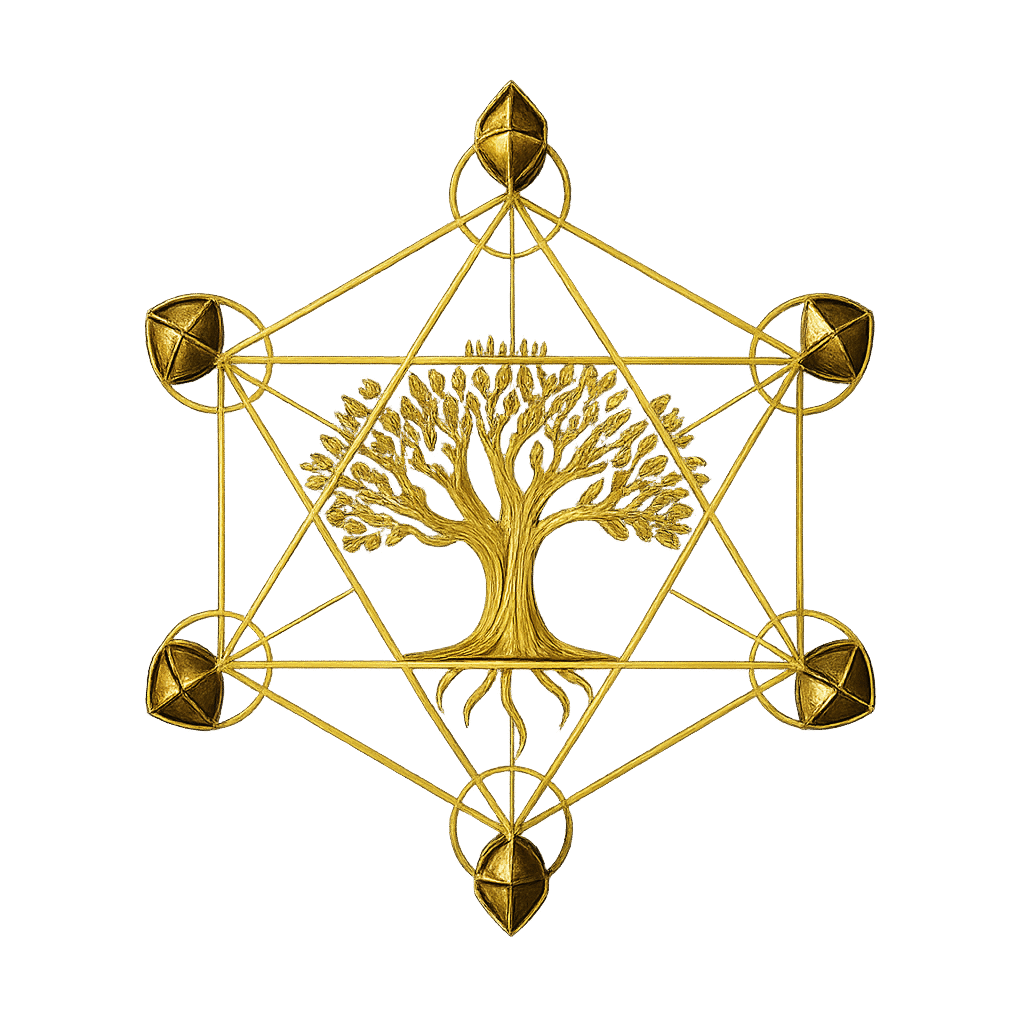When life breaks us open, it’s not the end of the story — it’s the beginning of the work.
Trauma touches all of us in different ways. It can feel random, cruel, or defining. But through a spiritual lens, trauma isn’t our identity; it’s an initiatory experience that can catalyze growth we chose at the soul level. That doesn’t minimize pain. It offers a way to hold meaning alongside it — and to reclaim our power.
In this episode of Ascended Warrior, Chris Alyssia explores how to reframe trauma, what “soul lesson plans” look like, and why certain patterns repeat until we meet them with new choices.
Why “Spiritual Opportunity” Isn’t Dismissive
Calling trauma a spiritual opportunity isn’t a gloss-over. It’s an invitation to look at life the way souls do: before we incarnate, we set intentions and experiences that can grow compassion, discernment, courage, sovereignty. Often, those leaps happen during the hardest seasons — when we discover strength we didn’t know we had, leave what harms us, or wake up to who we really are.
This frame doesn’t excuse harm or bypass grief. It says: I will not let pain define me. I will mine it for wisdom.
Identity vs. Experience
- Trauma is an experience, not your identity.
- Feelings are real; they’re not the whole truth.
- Meaning doesn’t erase pain — it gives it context.
When we stop equating “what happened” with “who I am,” agency returns. We can honor the wound and choose who we become.
A Personal Share (Abuse, Addiction, Family Mental Health)
Chris shares about a loving mother whose depression and addiction escalated into emotional and physical abuse, leading to years of confusion, estrangement, and deep depression. Much later, during a retreat, a guided visualization made the buried pain visible — a heart “split in two,” stitched back together with light. From there, real healing began: feeling what had been avoided, learning about addiction, practicing boundaries, and reframing the story at the soul level.
What changed?
- Self-sufficiency and discernment replaced people-pleasing and numbness.
- True boundaries replaced repeating harm.
- Compassion expanded — for self and even for the other soul’s journey — while accountability stayed intact.
- The trauma stopped functioning as a teddy bear to cling to and became a teacher to learn from.
“I wouldn’t change it, because it shaped the woman I am now. That’s not dismissal — that’s sovereignty.”
Why Patterns Repeat (and How to End Them)
Life often re-presents similar people, jobs, conflicts, or injuries. Not to punish you — to offer a new choice.
You know you’re integrating when:
- The same situation arises and you don’t break the way you used to.
- You feel the surge — then respond differently: leave sooner, speak sooner, rest sooner, ask for help, say no.
That moment — choosing differently — is the soul advancing the lesson.
A Practical Framework for Reframing
- Name the wound.
If a memory still hits your body (tight chest, dropped stomach, flash heat), there’s unprocessed pain. Naming is the first act of power. - Feel, then observe.
Allow the emotions to move (safely and with support if needed). Then practice the “observer” stance so you can see the story without being swept away by it. - Track the pattern.
What repeats? People, dynamics, outcomes? Patterns point to the lesson your soul is serious about. - Choose a new move.
Boundary. Rest. Tell the truth sooner. Leave earlier. Ask for help. Your different choice is the hinge of change. - Recast the roles (without excusing harm).
Experiment with the soul-level view: other people as sovereign beings, sometimes playing difficult roles that catalyze growth. You can keep boundaries and see broader meaning. - Use your “cheat codes.”
You came equipped with tools — intuition, resilience, practices, allies. Act like you do. - Get witnessed.
Healing accelerates in safe company: a group, therapist, mentor, or spiritual circle that can hold and reflect you while you reframe and release.
Safety note: If your trauma involves ongoing abuse or risk, prioritize practical safety and professional support. Spiritual framing complements, not replaces, evidence-based care.
From Tornado to Grounding Rod
You can’t control the storm — but you can become the grounding rod. The more often you meet familiar pain with a new response, the less it lives inside you. The event may still happen, but it moves through you instead of into you.
That’s the shift from trauma as identity to trauma as teacher.
Key Takeaways
- Trauma is real — and it can also be meaningful.
- Reframing doesn’t excuse harm; it returns agency.
- Patterns repeat until a new choice is made.
- You’re not your trauma. You’re a sovereign soul with the tools to heal.
Try This (5-Minute Reflection)
- What recurring situation keeps finding you?
- What would the opposite of your usual response look like?
- What boundary or support would make that new response possible this week?
Closing
You don’t have to love what happened to you. But you can love who you’ve become. That’s the alchemy.
If this resonated, share it with someone who needs to hear it, and explore more practices and resources on the website. Have a topic you want me to unpack on the show? Send it in — nothing is taboo here. We’re souls having a human experience, and the physical drama is only part of the story.
Love and light,
Chris Alyssia
